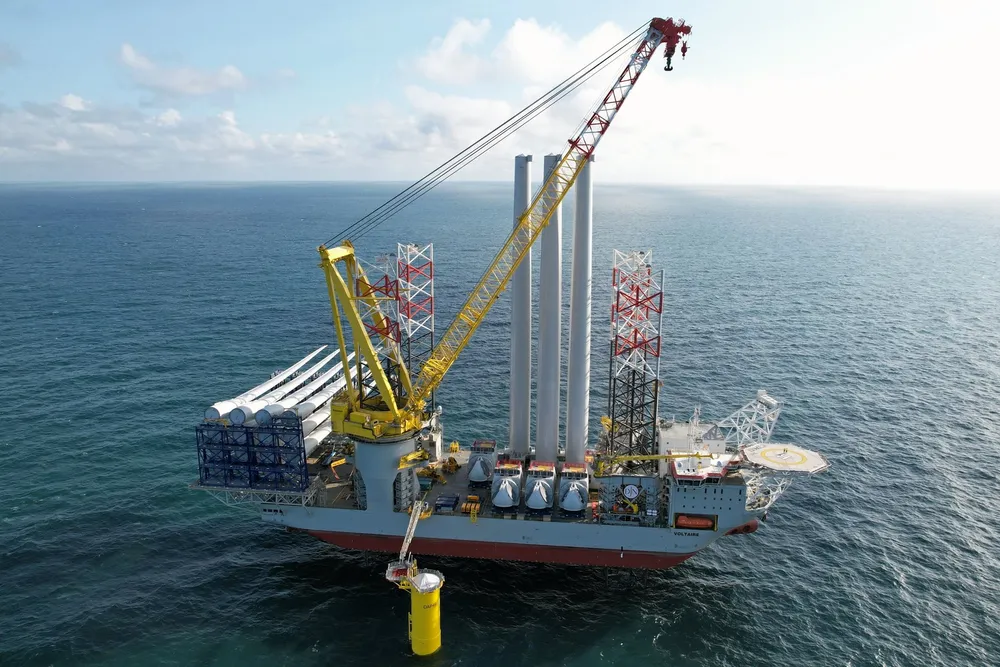New delay to world's largest offshore wind farm Dogger Bank
GE Vernova chief Scott Strazik says it may need more time than previously stated to complete installation of 277 units in UK waters

GE Vernova will now likely require the whole of 2027 to finish installation of turbines at the 3.6GW Dogger Bank offshore wind farm in the UK, versus its earlier expectation of a “mostly complete” array in 2026, CEO Scott Strazik said on an earnings call Wednesday.
“The most practical outcome is, we're likely completing Dogger Bank through the four quarters of 2027,” he said, adding, “and with the benefit of the summer and our execution through the rest of the year, we’ll give you an update on that by the end of 2026.”
He did not say why the OEM would require more time to finish installation and commissioning of all 277 Haliade-X turbines with 190 units rated at 13MW and another 87 at 14.7MW.
“Sitting here today, we’ve talked to you in the past about the fact that we’ll have maybe a stub period with offshore to complete Dogger Bank in 2027,” he told analysts.
In GE Vernova parlance, 'stub period' means a small amount, although it more commonly refers to an interval, often short, that falls outside of a company’s regular financial reporting period.
Dogger Bank, the world’s largest offshore wind farm under construction, is being built in three, 1.2GW phases, A, B, and C. It will be capable of powering as many as six million homes.
The joint venture owners are SSE Renewables (40%), which is leading development and construction; Equinor (40%), the eventual operator; and Vårgrønn (20%), a Norwegian offshore wind firm.
Dogger Bank A has suffered several delays over the past 18 months. It was originally scheduled to come online in 2024, but SSE Renewables in May last year announced commissioning would occur in the first half of 2025.
It cited challenging weather conditions in the North Sea, a shortage of installation vessels, and “delays in supply chain logistics.” Last October, commissioning was pushed forward again to the second half of 2025. The project produced initial power in October 2023, several months behind schedule.
Dogger Bank has been a large money loser for GE Vernova under contract terms negotiated by GE Renewable Energy, a predecessor company. GE Vernova was formed in 2021 from the merger of former parent General Electric’s energy businesses and spun off in April last year.
The project has experienced several incidents involving Haliade-X blades. In May 2024, a single blade sustained damage on an installed turbine due to an construction error, while in October, another failed during to the commissioning process.
Strazik told analysts that GE Vernova installed and commissioned more than 30 turbines in the quarter, which he called its most productive operationally to date for offshore.
He did not say how many of those units were employed by Dogger Bank, as installation work also continues at the much smaller 800MW Vineyard Wind project off the US state of Massachusetts.
SSE Renewables expects that first power generation will now occur at Dogger Bank B in 2025 with commercial operations in 2026. Dogger Bank C is expected online in 2027, although it gave no milestones to get there.
(Copyright)